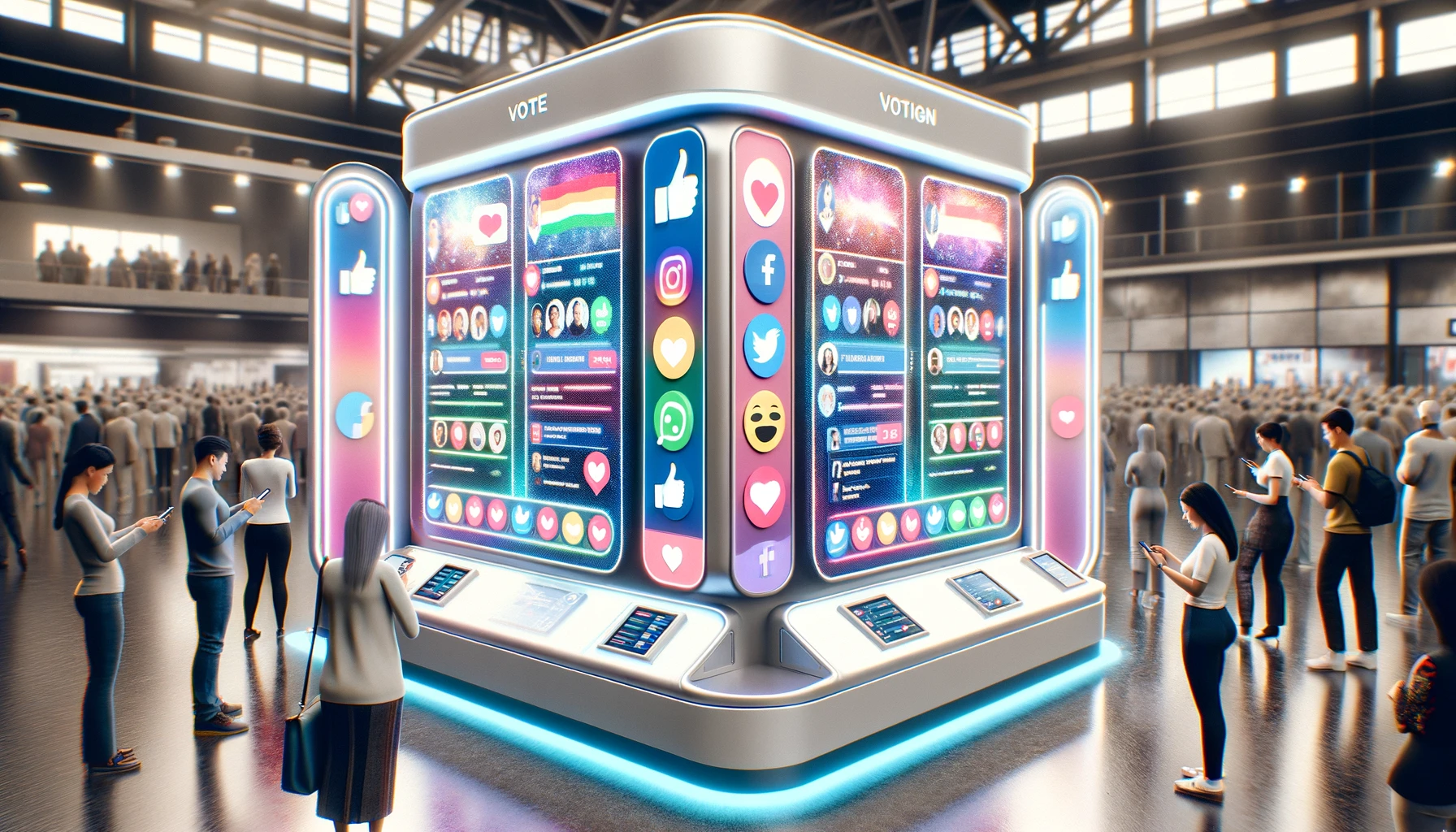Governments to Replace Traditional Voting with Social Media Polls for Efficiency
In a groundbreaking move that has both political analysts and tech enthusiasts buzzing, governments worldwide have announced their plans to revolutionize democracy by replacing traditional voting mechanisms with social media polls. This bold strategy aims to boost electoral participation and make the democratic process as easy as liking a post or swiping right.
The Rise of the #VoteEmoji
Gone are the days of standing in long queues at polling stations or fumbling through complicated ballot papers. In the new era of digital democracy, casting your vote is as simple as tapping on your favorite emoji. The initiative, dubbed “Project Emoji Elect,” promises to make elections more accessible, fun, and engaging for the tech-savvy population. Critics, however, question the security and authenticity of such a method, with one political scientist humorously suggesting, “What’s next? Electing world leaders via TikTok dance-offs?”
Swipe Right for Democracy
Tinder, the app once solely responsible for setting up dates, is now set to play a crucial role in setting up governments. A new feature, “Swipe Right for Democracy,” allows users to swipe right on candidates they support and left on those they oppose. This method not only simplifies the voting process but also introduces an element of speed dating to the political arena. As one user quipped, “It’s the first time I’ve matched with a candidate who truly understands my needs.”
Polling Day, Every Day
With the integration of Twitter polls, Instagram stories, and Facebook live votes, every day is now polling day. This continuous feedback loop ensures that public opinion is always heard, making the democratic process a 24/7 affair. While some applaud the initiative for keeping politicians on their toes, skeptics warn of the potential for decision fatigue, jokingly noting, “I can’t even decide what to have for breakfast, and now I have to choose a policy every day?”
The Future Is Now
As the world prepares to embrace this digital shift, questions about cybersecurity, digital literacy, and the digital divide come to the forefront. Yet, the overwhelming excitement around the potential for increased engagement and participation is palpable. With a future where #VoteEmoji trends worldwide and political campaigns are fought in the comments section, the face of democracy is undeniably changing.
